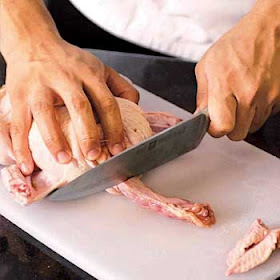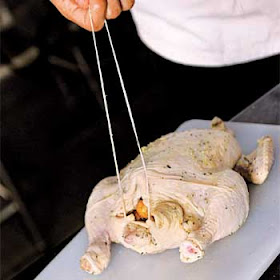If you are a dimsum lover, then you have to try the Dimsum Buffet of Shang Palace. The Chinese food outlet of Makati Shangri-la has always been one of the family’s favorites. We find the quality of the food and service as one of the most consistent in the metro. So we did not pass up this chance to try their dimsum buffet offering.
The dimsum buffet is just at P810 +, which is inclusive of unlimited dimsum, endless servings of soup, rice, noodles, congee, vegetarian dishes, and desserts, and one choice of main course per person.

A word of advise: Dimsum is best enjoyed with a group of friends; lest, you will find yourself overstuffed with only a few selections and pass up the opportunity to sample everything.
The restaurant starts serving dimsum at 1130. It is what the westerners call “brunch,” wherein breakfast and lunch is combined into one large mid-morning feast. They say that whole idea of “brunch” was initiated by the Chinese as they mass immigrated into the West, taking with them the ancient Chinese tradition of “yum cha” (drink tea) where restaurants begin serving dim sum as early as 6:30 in the morning and continue through mid-afternoon.
The Shang Palace does not serve dimsum the traditional way; they have dispensed with the servers pushing around the carts. Instead, as soon as we were seated, the server handed us a special menu exclusive for dimsum orders. Ordering is on a per piece basis, and the promo price is valid only for meals without leftovers.
(click on photo for an enlarged view of the menu)
(click on photo for an enlarged view of the menu)
A lot of people are not aware that there is a certain order to be followed when eating dimsum: the lighter, steamed dishes are to be eaten first, followed by the fried food, and finally dessert.
Adhering to that order, we had the xiao long bao, shumai and har gao first. The xiao long bao's translucent wrapper was firm enough and held up well as we held it in our chopsticks, but did not give any resistance when we bit into it to savor the creamy broth inside. The har gao presentewas also a winner as it presented whole shrimps hiding beneath the wrappers.
The food is still served at the table in bamboo steamers to maintain the warmth of the food. The steamed shumai was delectable, with whole portions of shrimps included in the pork filling and topped with fish roe.
The steamed pork ribs with black bean sauce could easily convert to "ulam" when served with a bowl of jasmine rice.
Steamed bean curd rolls with vegetables for the tree-huggers amongst us.
The poached wanton noodle soup in superior stock deserves a second serving.
The Sichuan style hot and sour soup
Finally, there's dessert. Custard treats abound, and you also have a choice between mango or almond pudding. Fresh fruits in season are also a favorite way to end a Chinese feast.
All of the above are washed down with copious amounts of hot tea, relaxing conversation and lots of laughter.
As an aside...
Over the course of lunch, one of the topics opened up for debate was the table tapping done by the Cantonese residents of Hong Kong, its origins and meaning. Let me mention the basis of this tea drinking custom, unique to the Cantonese people. According to Wikipedia, it is customary to pour tea for the company seated beside you before filling one's own cup. To thank the person pouring the tea, tap the index finger if you are single, or tap both the index and middle finger if you are married, which symbolises 'bowing' to them. There! That ends the debate, Henry and Gilbert!
Thanks for reading "Our Phenomenal Life." If you subscribe to the blog via RSS feed or via email, you'll get new posts sent straight to you, for free!
Like this post? Subscribe here.

















































